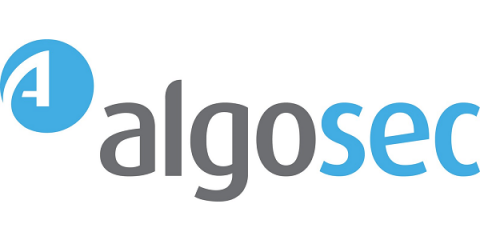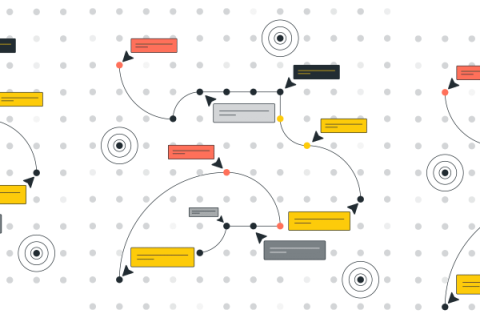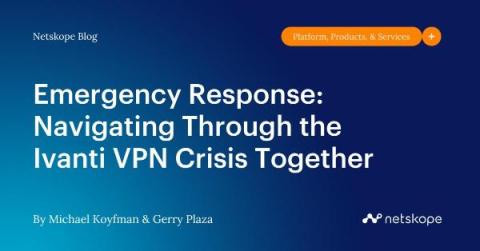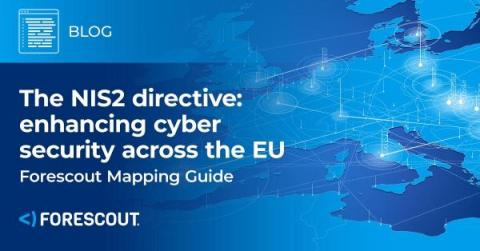Network Change Management: Best Practices for 2024
Network Change Management (NCM) is the process of planning, testing, and approving changes to a network infrastructure. The goal is to minimize network disruptions by following standardized procedures for controlled network changes. NCM, or network configuration and change management (NCCM), is all about staying connected and keeping things in check. When done the right way, it lets IT teams seamlessly roll out and track change requests, and boost the network’s overall performance and safety.









